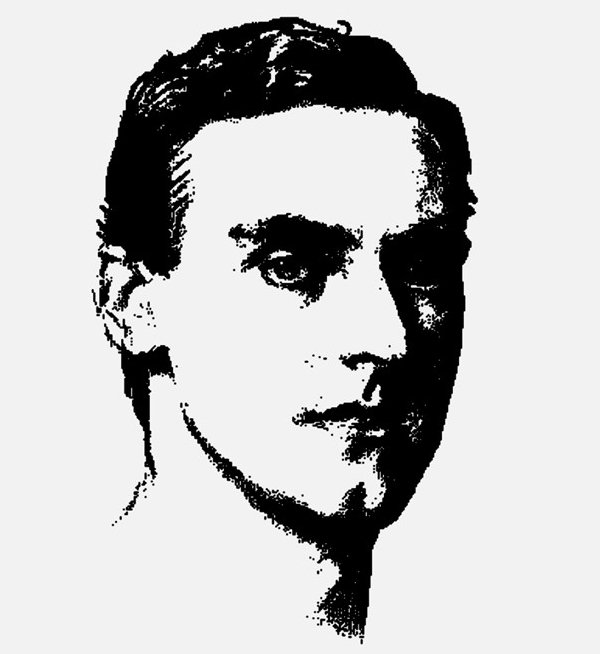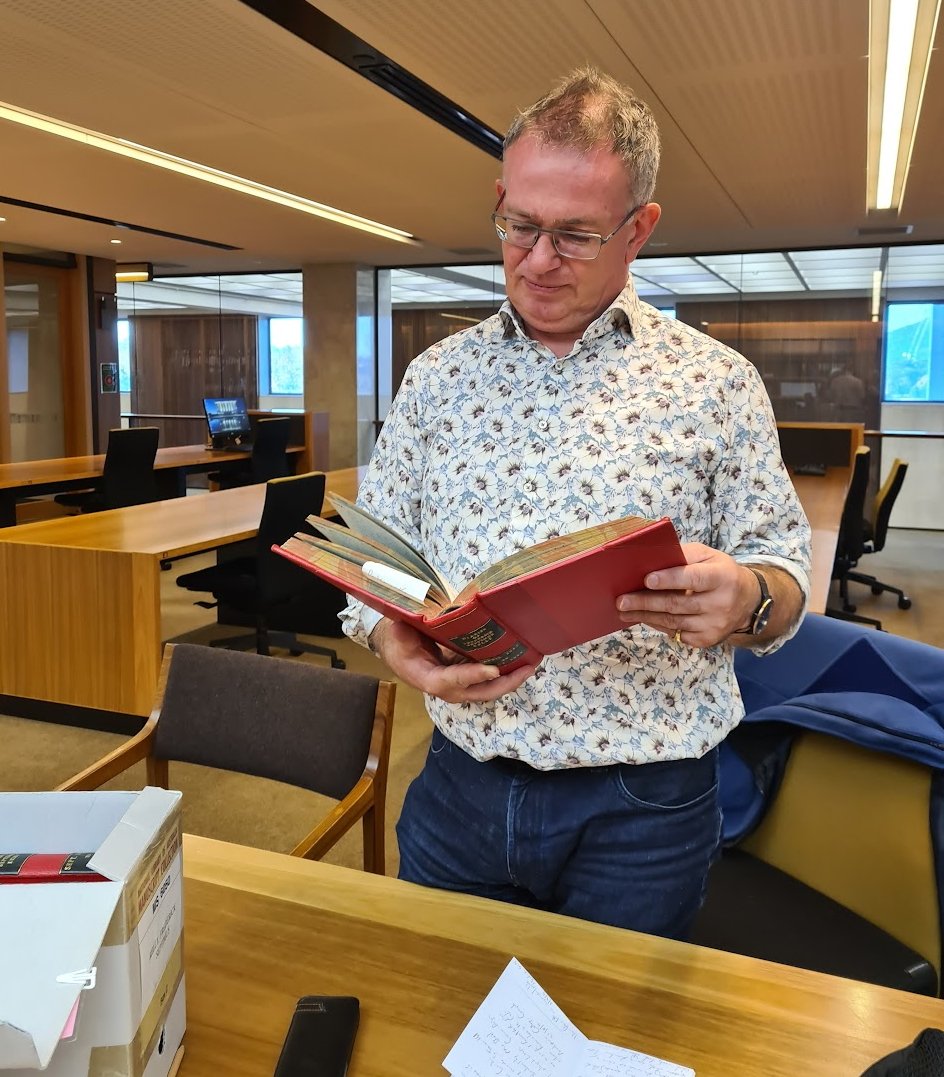By David Wickham, 2021 Friends Creative Arts Fellow
If you have not heard of Frederick Septimus Kelly, it is not your fault; after his death on the Somme in 1916 he has been forgotten by most people. However, Kelly is certainly among the most significant cultural losses to Australia of the Great War, to be ranked alongside more familiar British names like Rupert Brooke, Wilfred Owen and George Butterworth. My NLA Creative Fellowship was aimed at bringing more of his wonderful music into the light, ready for publication.
The NLA holds not only the bulk of his surviving manuscripts and copies of his published works, but also eight volumes of diaries, fascinating windows on his life and on Edwardian England. It was a very busy life, too, something else that has contributed to a resurgence of interest in Kelly.

His family called him ‘Sep’, and school-friends chose ‘Cleg’—and everyone who studies him becomes quite fond of the man and his circle of friends. Sep was born in Sydney in 1881 to a wealthy mining and metals magnate, and was independently wealthy for the rest of his life. But he was no idle dilettante. After Eton College he studied at Oxford and in Frankfurt, developing his compositional craft and his formidable piano technique and repertoire.
Kelly was an elite rower, too, holding the record for the Henley Diamond Sculls for 37 years, and winning a gold medal in the 1908 Olympics. Finally, he served at Gallipoli, where he was awarded the DSC, before fighting on the Somme where he lost his life in November 1916.
One of his most remarkable gifts was his musical memory. Aged 14, Sep set himself an experiment—after studying a piece of Schubert, new to him, for fifteen minutes he went downstairs and played it from memory. His subsequent performing career is traceable through the diaries, and he had a very large repertoire of solo and chamber music. Most striking, though, is his method of composition, which he shared with Mozart. He could conceive his ideas, develop and combine them, form them into whole works, finally polishing and revising the finished product, all in his head without committing anything to paper in many cases.
This easy facility must have made him a favourite among friends— imagine the improvisations that we can never hear again— but also means that his last works died with him in France. There are a symphony and a Lyric Phantasy for orchestra that he never notated but which he had worked on mentally during 1915 and 1916, though we live in hope of one day discovering a lost manuscript!

At the NLA I have, however, typeset and edited quite a list of works; the piano solos are Allegretto in F# minor, Allegretto in F major, Allegro vivace in G minor, Etude in Ab major, Fugue in Eb major, Impromptu in Ab major, Irish Air with Variations, Jig, for Beatrice, Moderato, Pastorale, Polka, for Patricia, Prelude in Db major, Risoluto, Scherzo, The Spring Honeysuckle and the Song of the Bee, and Waltz in C# minor.
I was very pleased to work on his cadenzas for movements 1 and 3 of Beethoven’s Piano Concerto no.4, composed for his Sydney concert in 1911. For piano duet, I have added the Allegretto in D major and Little Duet in Eb major.
For violin, we now have the early Andante in A major, and a Mozartian Duet for Violin and Viola which I had to complete, using material from Kelly’s sketches. I also set the charming Serenade for Flute in the arrangement for flute and piano that Kelly himself made.
Songs which originally brought me to Kelly have been increased by four—Sleep, o Sleep, Fond Fancy, an early setting of Music, When Soft Voices Die, There be None of Beauty's Daughters and A Cradle Song.
Kelly often wrote for vocal ensemble, seeing it as ideal for social music-making, so there are a handful of rounds and part-songs as well as youthful works written for performance at Eton. These latter include the unison song Eton and Winchester written for the annual cricket match between the two schools.
The most significant new edition, though, is certainly Sep’s first Violin Sonata, from 1901. It dates from a visit to Sydney to be with his father, who was gravely ill, and was written for his brother Bertie, a remarkable violinist. One can’t help feeling that, as well as his own original inspiration, there is pain and grief in the music from knowing that his father, who was his hero, was in the house, dying. I’m confident to suggest that this is the first great Australian sonata, and it alone should guarantee Kelly’s recognition and survival in the repertoire. He’s truly a figure worthy of respect and admiration, and the Friends of the NLA have made a significant contribution to sharing his legacy.